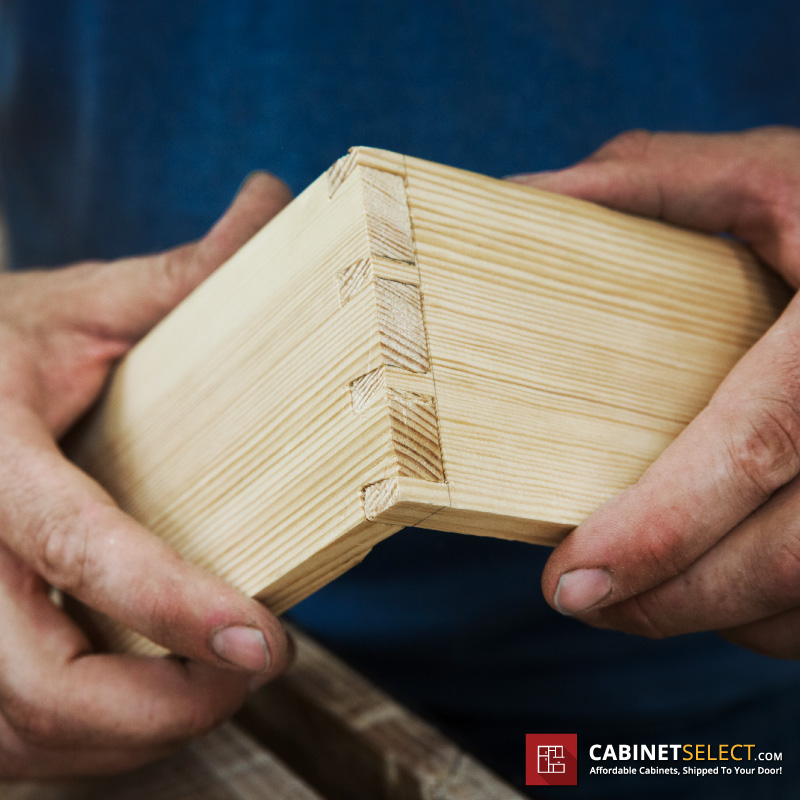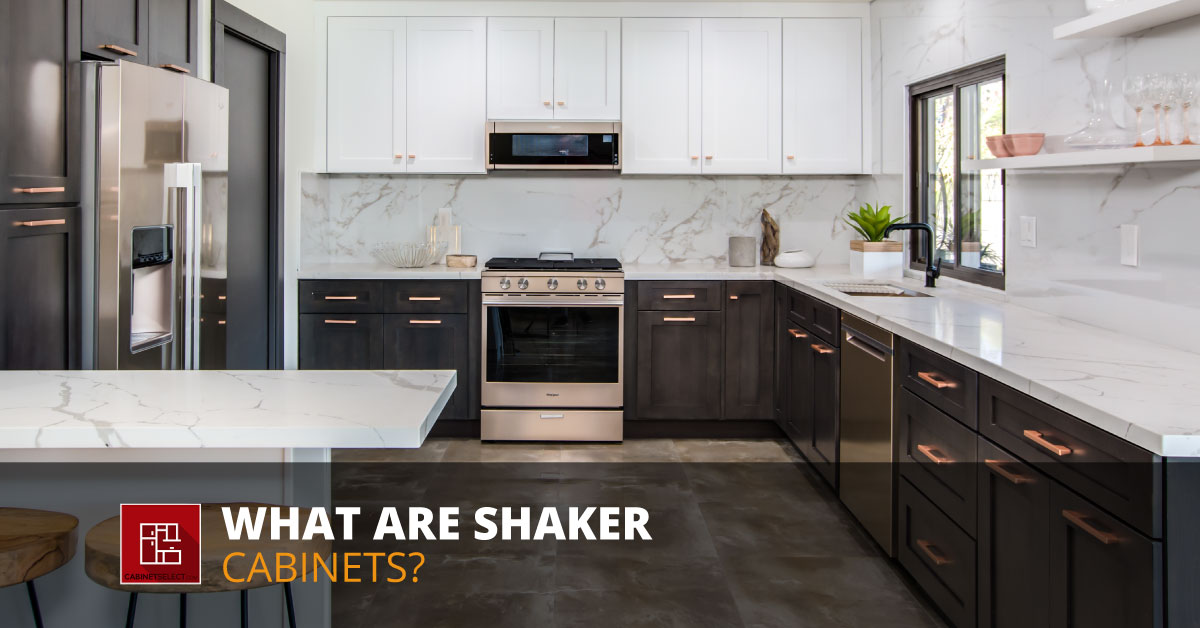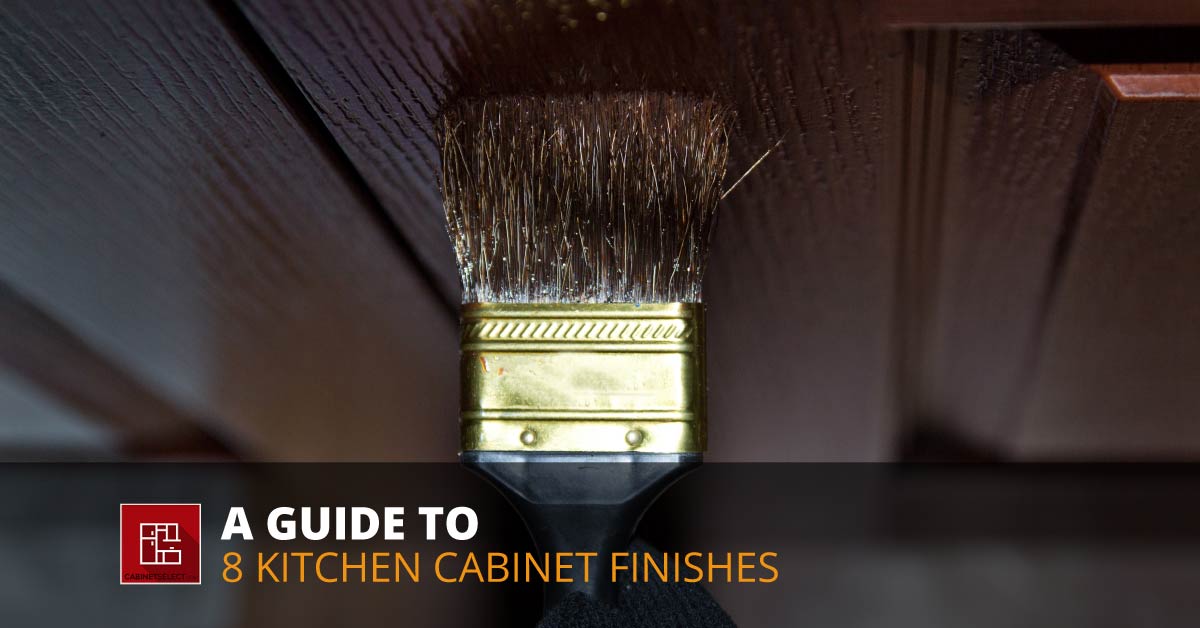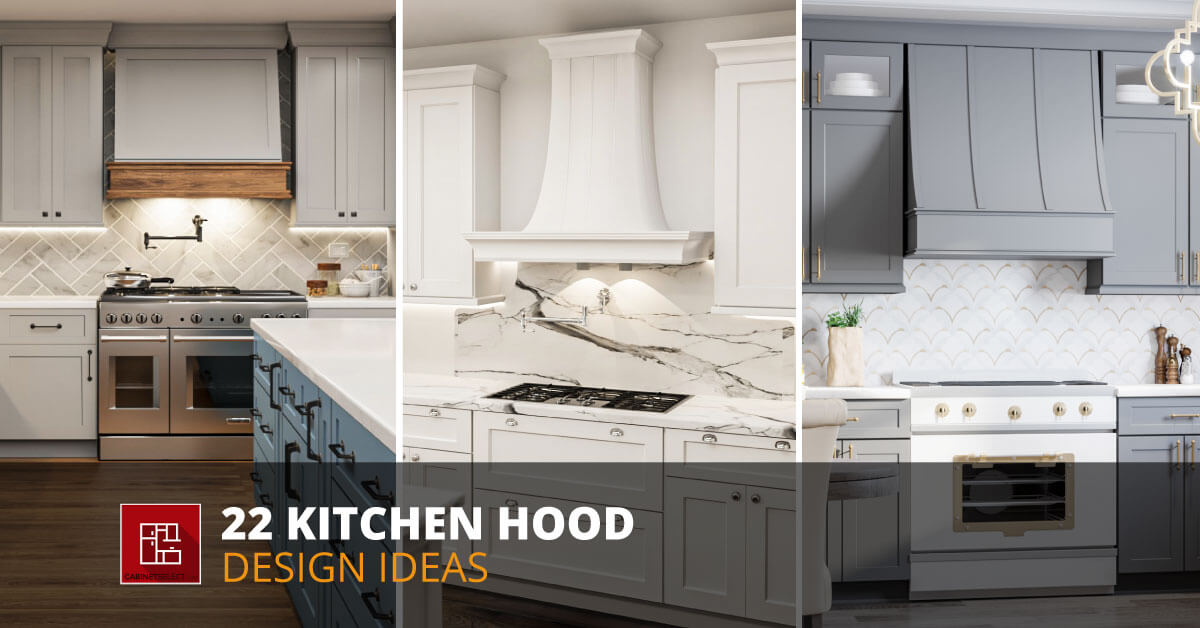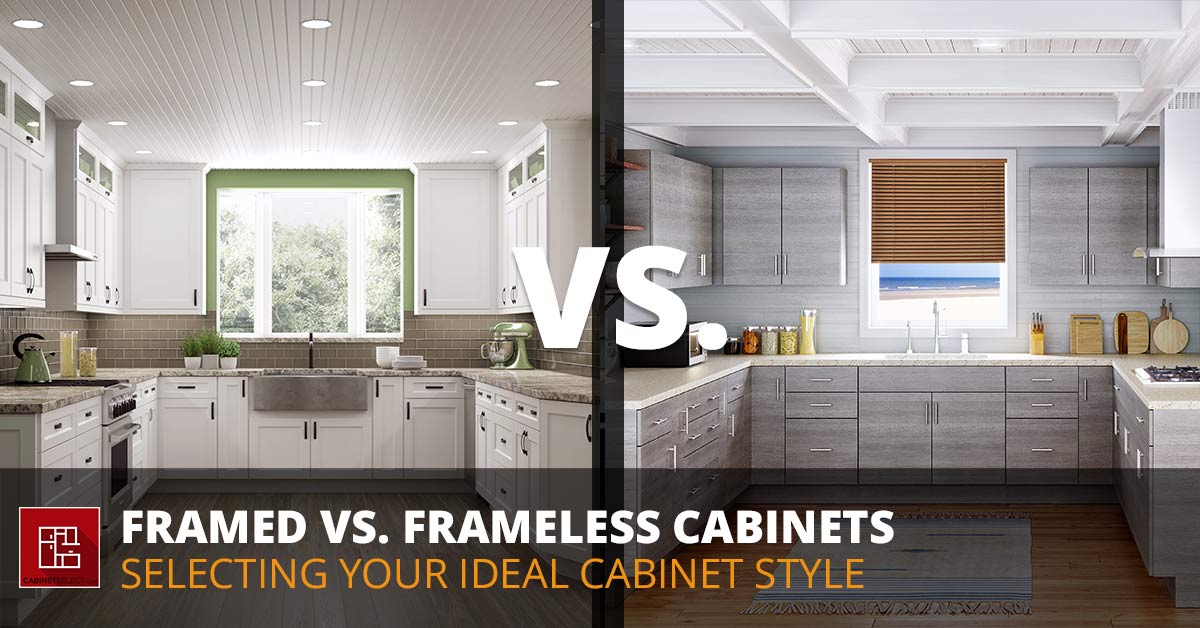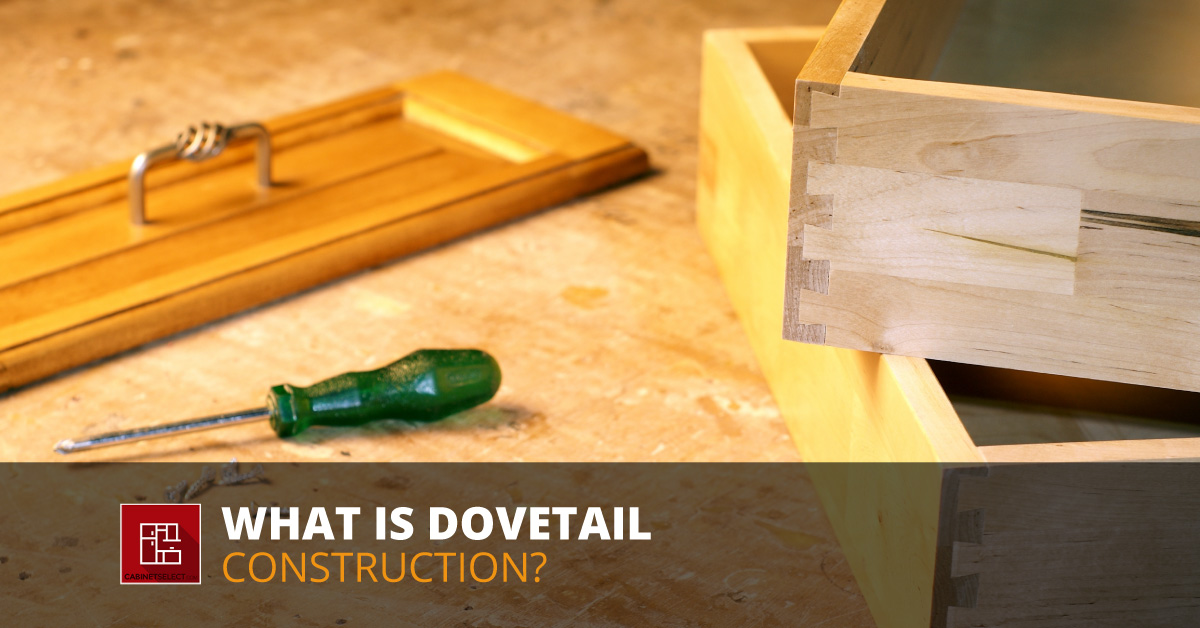
What is Dovetail Construction?
Dovetail construction is a widely recognized woodworking technique that uses joints to attach pieces of wood securely. Dovetail joints are trapezoidal and resemble puzzle pieces that fit snugly together, creating a solid and durable joint.
This construction method has been used for centuries and continues to be valued for its strength, durability, and aesthetic appeal. Its origins can be traced to ancient Chinese emperors who used this type of joint in their furniture construction.
Dovetail construction is commonly seen in kitchen cabinetry and furniture, a sign of quality craftsmanship as only solid wood can be put together using dovetail joints. The intricate dovetail interlocking provides structural integrity and enhances the finished piece’s visual appeal. The joint’s smooth lines and seamless integration create a clean and refined look.
What Are Dovetail Joints?
Dovetail joints are woodworking seams that connect two pieces of wood by fitting them in, similar to joining two puzzle pieces. They are considered the stronger joints in carpentry.
Types of Dovetail Joints
Before purchasing kitchen cabinets or any furniture made of wood, it is essential to understand the different types of dovetail joints to help you recognize a high-quality product for your money.
Plain Dovetail
The plain dovetail is the most basic type used in woodworking. It involves interlocking fingers that combine two pieces of wood, creating a strong and durable connection.
One of the distinguishing features of the plain dovetail is its consistent angles. The pins and tails are cut at precise 45-degree angles, ensuring a tight fit and eliminating gaps between the two pieces of wood. This creates a visually appealing and seamless joint while allowing for the visibility of the end grain on all outside surfaces. This characteristic adds a unique aesthetic to the joint and highlights the natural beauty of the wood. It also showcases the high level of craftsmanship in creating a plain dovetail.
Half-Blind Dovetail
A half-blind dovetail is a popular type of joint used in furniture construction. This joint differs from the through dovetail as it hides the end grain of the wood pieces, creating a neater and more visually pleasing appearance.
This joint is commonly used to construct drawer boxes in kitchen cabinets or other furniture pieces. Unlike the through dovetail, where the dovetails are visible on both the front and back of the joint, in a half-blind dovetail joint, the dovetails are only visible from the side of the drawer box.
The purpose of using a half-blind dovetail is to create a seamless look and hide the end grain, which can be unsightly. This joint offers a clean and finished appearance to the front of the drawer without the need for adding false fronts or other decorative elements.
In half-blind dovetail construction, the dovetails are carefully cut at a 45-degree angle, creating a strong and durable joint. This type of joint is considered a sign of quality craftsmanship and is often associated with traditional woodworking techniques.
Through-Dovetail
The through-dovetail, also known as the English style dovetail, is one of the most basic and commonly used types of dovetail joints. In this type of joint, the end grain of both boards is visible, creating a distinctive and traditional look.
The through-dovetail is often used in box construction and carcass frameworks. It provides excellent strength and stability, making it ideal for constructing drawers, cabinets, and other furniture pieces that require durability.
One of the key features of the through-dovetail joint is its visible end grain. This adds a unique aesthetic to the joint, highlighting the natural beauty of the wood and showcasing the craftsmanship involved in creating the joint. The visible end grain can also serve as a sign of quality, indicating that the furniture or woodworking project is built to last.
When constructing a through-dovetail joint, the pieces of wood are carefully cut and fitted together at precise angles, creating a strong and tight connection. The precise 45-degree angles of the pins and tails allow for a seamless fit, eliminating gaps between the boards.
Sliding Dovetail
The sliding dovetail joint is a versatile and strong joint used in woodworking and cabinet construction. It involves joining two wood boards at a right angle by sliding the tail of one board into the socket of the other. This joint is commonly called the French dovetail due to its use in traditional French cabinetmaking.
The sliding dovetail joint offers several benefits in construction. It provides exceptional strength and stability, making it ideal for cabinets, shelves, and other furniture pieces that require durability. The joint also allows for easy assembly and disassembly without additional hardware or fasteners.
In addition to its use in cabinet construction, sliding dovetail joints are commonly found in the body and neck of stringed instruments such as guitars and violins. The joint’s precise fit and resistance to pulling forces make it well-suited for these high-tension applications, ensuring the device remains stable and in tune.
To create a sliding dovetail joint, precise measurements and cuts are crucial. The tail of one board is tapered to fit snugly into the socket of the other board, creating a seamless connection. Once assembled, this joint provides a clean and visually appealing finish, enhancing the overall aesthetics of the piece.
In conclusion, the sliding dovetail joint is a popular choice in woodworking and cabinetmaking due to its strength, stability, and ease of assembly. Whether in cabinet construction or musical instrument making, this joint offers reliable and visually pleasing connections between wood boards.
Secret Mitered Dovetail
The Secret Mitered Dovetail joint is a hidden joint used to conceal the outward appearance of the dovetail joint, making it completely invisible from both the inside and outside corners. This joint is commonly used in fine cabinet construction and boxwork, where a seamless and elegant finish is desired.
Creating a Secret Mitered Dovetail joint involves several key steps. Instead of cutting the pins and tails through, they are stopped short of the board’s edges. This allows the joint to be connected internally at a 45-degree angle. This unique construction method ensures the joint is hidden from view, providing a sleek and seamless appearance.
The Secret Mitered Dovetail joint is highly regarded for its strength and durability. The 45-degree angle of the internal connection adds exceptional stability to the joint, making it perfect for applications where strength is a priority. This joint is commonly used in boxwork, such as jewelry boxes, and in high-quality cabinet construction.
Compound Dovetail
Compound Dovetail joints are a type of dovetail joint that combines two different types of joinery techniques into one joint. It incorporates a through-dovetail joint and a sliding dovetail joint, creating a strong and versatile connection.
The through-dovetail portion of the joint consists of pins and tails that are cut through the full thickness of the wood boards. This type of dovetail joint is known for its strength and durability, making it ideal for heavy-duty applications such as drawer construction or assembling furniture.
The sliding dovetail portion of the joint involves creating a groove or channel in one piece of wood that the other piece slides into. This creates a tight and secure fit, adding strength and stability to the joint. Sliding dovetail joints are often used to connect shelves to the sides of cabinets or to join tabletops to their legs.
Combined with these two dovetail joinery techniques, compound dovetail joints offer the benefits of both strength and versatility benefits. They can be used in various woodworking projects, including making cabinets, furniture construction, and joinery. The compound dovetail joint is a testament to the craftsmanship and skill of the woodworker, as it requires precision and attention to detail to create a perfect fit.
Advantages of a Dovetail Construction
Dovetail construction offers several advantages in furniture and cabinet making, and it is a popular choice among modern cabinet manufacturers and woodworkers for creating durable and aesthetically pleasing furniture.
- Strong interlocking joint for durability and longevity.
- It is ideal for drawer boxes due to its strength and stability.
- Adds aesthetic appeal with a sense of craftsmanship.
- Eliminates the need for additional hardware like nails or screws.
- Allows for precise and tight-fitting drawer fronts, minimizing gaps and misalignment.
How Do You Make Dovetail Joints?
There are two primary approaches to crafting dovetail joints: one involves manual craftsmanship using hand tools, while the other employs power tools. Although some bespoke cabinet makers still opt for the labor-intensive process of hand-cutting dovetails, this method commands a premium due to its specialized nature.
A more cost-effective alternative is to utilize a router in combination with a dovetail jig for crafting dovetails. The dovetail jig acts as a guide for dedicated router bits, facilitating the creation of precise dovetails. Using a jig allows for the simultaneous alignment and routing of the drawer front and sideboard channels, streamlining the process.
Why are Dovetail Joints so Strong?
Dovetail construction is renowned for its strength and durability in furniture construction, and it is considered a sign of quality in modern kitchen cabinets and wood furniture. This joinery technique involves precise cuts that create a sturdy connection between two pieces of wood without needing reinforcement.
The key to the strength of dovetail joints lies in their interlocking design. The “dovetails,” cut at a 45-degree angle, resemble the shape of a dove’s tail, hence the name. When these puzzle-like pieces of wood are fitted together, they create a tight and secure bond that resists pulling apart.
Dovetail joints are inherently robust, eliminating the need for extra fasteners. This is perfect for those seeking understated kitchen cabinets or drawers. Regarding ready-to-assemble (RTA) cabinets, dovetail construction makes assembly a breeze, even for DIY beginners.
Call us or reach out to us if you have any questions on why dovetail construction is better than the standard drawers when choosing your kitchen cabinets.
